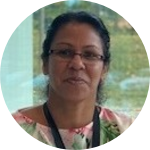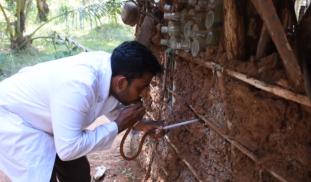336
0
0
Like?
Please wait...
About This Project
Leishmaniasisis a neglected tropical parasitic diseases in the world and is spread by the bite of sand flies. 78% of people living in the Madawachchiya area in Sri Lanka are bitten by sand flies. Many remote areas have a higher burden of leishmaniasis, despite being far away from clinical and public health services. Our research will evaluate the efficacy of a comprehensive public health intervention based out of a mobile vector clinic on reducing leishmaniasis breeding environmentand disease.

Browse Other Projects on Experiment
Related Projects
Toward ethical and affordable antivenom solutions: Can anti-toxin be animal cruelty-free?
Snakebite envenoming causes over 100,000 deaths annually, yet current antivenoms depend on animal plasma...
Microplastics: Can engineered enzymes remove microplastics from the human body?
Polyethylene terephthalate (PET) microplastics have been detected in human blood and tissues, and linked...
Shutting down cancer’s recycling system with exosome-based therapy
Pancreatic cancer is one of the deadliest cancers because its cells survive by recycling their own components...

